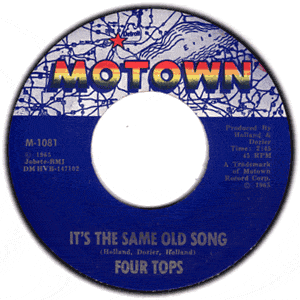By Joel Francis
Sonny Rollins’ saxophone has the power to bend time. For nearly two hours Thursday night, the jazz legend and his five-piece band melted minutes like hot butter in front of a near-capacity crowd at the Walton Arts Center in Fayetteville, Ark.
The first number, “Sonny, Please,” set the mood for the night. The song started slowly, with Rollins repeating the melody, like a cook tasting the broth before serving it for dinner. Once Rollins’ palette was whet, he cued the band and the song was twisted, flipped and cavorted into as many different ways as possible. The format was almost like a congenial roundtable discussion: If a musician had something to say, they jumped in and said it for as long as it took.
Rollins opened “Park Palace Parade” with an a capella solo before the band dropped into a reggae beat behind him. At five minutes it was one of the shortest songs of the night. For another song he strolled to the front of the stage and delivered a solo on the precipice, leaning over the audience.
Although several songs reached over 20 minutes, there were never any filibusters. In fact, time seemed to accelerate with each solo. The opening three-song, 40-minute set seemed fleeting.
After a 25-minute intermission, the band wordlessly dropped into a reading of “In A Sentimental Mood” that somehow disposed of 50 years of schlock and clichés. Rollins’ longtime bassman Bob Cranshaw was given a lengthy solo and the ensemble performance wound down after 20 minutes with another extended, a capella sax solo.
Rollins was gracious in ceding the stage to his band. Trombonist Clifton Anderson and guitar player Bobby Broom took the majority of the solos. Anderson’s mellow horn and Broom’s tasty licks provided a nice counter-texture to Rollins’ saxophone. When he was really feeling their solo, Rollins would snap his fingers and bob his head in rhythm. Drummer Kobe Watkins made the most of the three-bar fills Rollins repeatedly gave him on Noel Coward’s “Someday I’ll Find You.”
This was Rollins’ first performance in Arkansas and he announced how proud he was to be playing his idol Louis Jordan’s home state. Later in the set, he interrupted himself during the intro to “Nishi” to reminisce about a radio host he used to listen to as a child, Bob Burns, better known as the Arkansas Traveler.
For a man who could compress time so pleasurably and succinctly, introducing Burns, who died more than 50 years ago, to the present was no big deal.







